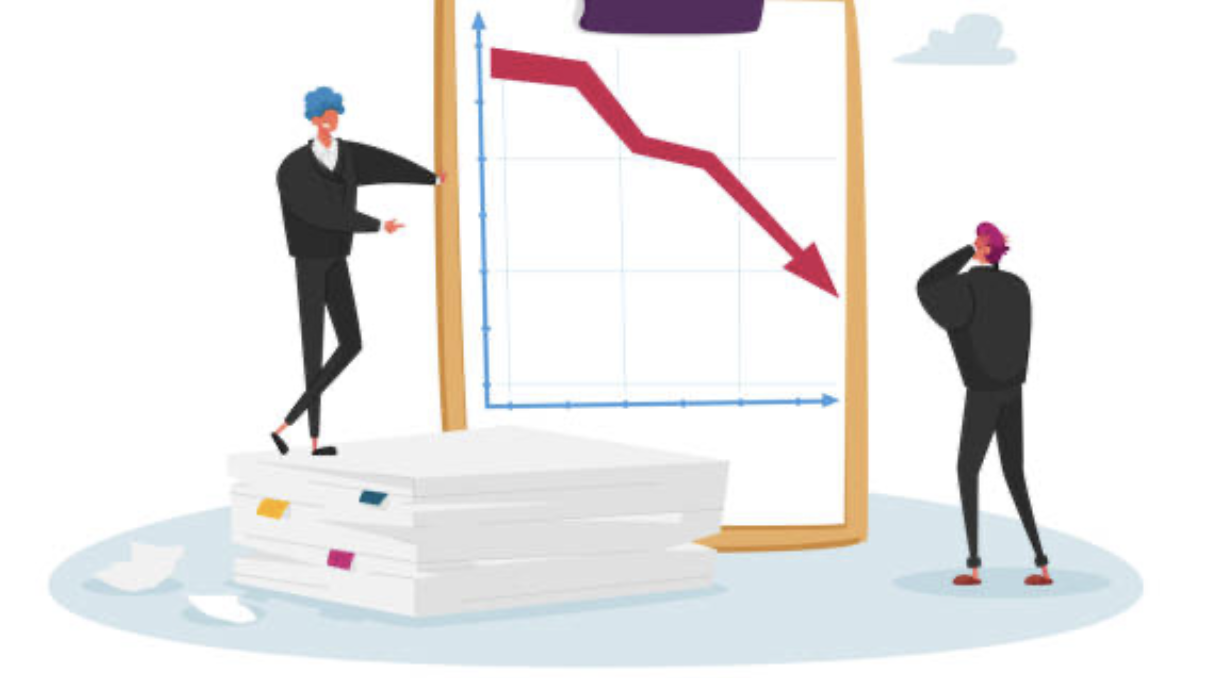Inflation has been moderating, indicating that the Federal Reserve may soon lower its federal funds rate. The Fed adjusts this key rate in response to economic conditions, and many experts anticipate a rate cut before the year concludes.
This development is significant because adjustments to the federal funds rate often lead to changes in the interest rates that financial institutions apply to loans and offer for deposits. Should the Fed proceed with a rate cut, it could mean lower interest earnings on deposits but also reduced borrowing costs.
As you navigate your financial choices, it’s wise to factor in the potential impact of an impending rate cut. A Federal Reserve interest rate cut typically has several implications for consumers:
- Lower Borrowing Costs: When the Fed cuts interest rates, it becomes cheaper for banks to borrow money. This usually results in lower interest rates for consumer loans, including mortgages, car loans, and personal loans. If you’re looking to take out a loan, a rate cut could mean you’ll pay less in interest.
- Cheaper Credit Cards: Many credit cards have variable interest rates tied to the prime rate, which moves in tandem with the Fed’s interest rate changes. A rate cut could lead to lower APRs on credit cards, reducing the cost of carrying a balance.
- Impact on Savings: While borrowers benefit from lower rates, savers might see a decrease in the interest they earn on savings accounts, CDs, and other deposits. Banks may lower the interest rates they pay on savings products following a Fed rate cut.
- Boost to Stock Market: Lower interest rates can encourage investment in stocks because fixed-income investments like bonds become less attractive when interest rates are low. This could potentially lead to higher stock prices, benefiting investors.
- Economic Stimulus: The Fed often cuts rates to stimulate economic growth by making borrowing cheaper for businesses and consumers. This can lead to increased spending, investment, and economic activity overall.
- Mortgage Refinancing: If you already have a mortgage, a rate cut might make refinancing more attractive. Lower interest rates can allow homeowners to reduce their monthly payments or shorten the term of their loan.
A Fed interest rate cut in September could translate into lower borrowing costs for consumers, potentially impacting loans, credit cards, and mortgages. However, it might also mean lower returns on savings. The exact effects can vary based on individual financial circumstances and market conditions at the time of the rate cut.
For small businesses, a Federal Reserve interest rate cut can have both direct and indirect effects:
- Lower Cost of Borrowing: Small businesses often rely on loans to finance operations, purchase equipment, or expand. When the Fed cuts interest rates, it becomes cheaper for banks to lend money. As a result, small businesses may benefit from lower interest rates on loans and lines of credit. This can reduce their borrowing costs and improve cash flow, making it easier to invest in growth opportunities.
- Economic Stimulus: Lower interest rates are intended to stimulate economic activity by making borrowing more attractive. This can lead to increased consumer spending, which in turn can benefit small businesses that rely on consumer demand for their products or services.
- Cheaper Credit Card Rates: Small businesses frequently use credit cards for purchases and expenses. A rate cut can lower the interest rates on credit cards, reducing the cost of carrying balances and potentially easing cash flow pressures.
- Potential Impact on Savings and Investments: While lower interest rates can reduce borrowing costs, they may also lead to lower returns on savings and investments. Small businesses that rely on interest income from savings or investments may see a decrease in this income following a rate cut.
- Stock Market Impact: Lower interest rates can boost stock prices, as investors may seek higher returns in the stock market when fixed-income investments like bonds offer lower yields. Small businesses with publicly traded stocks may benefit from higher valuations.
- Access to Capital: In a lower interest rate environment, banks may be more willing to lend to small businesses, improving access to capital for growth initiatives or to manage cash flow during slower periods.
A Fed interest rate cut in September could provide several advantages for small businesses, including lower borrowing costs, potential economic stimulus, and improved access to capital. However, it’s important to consider the broader economic conditions and market factors that may influence how these benefits are realized.




